Going car-lite: Is cycling going to make a difference?
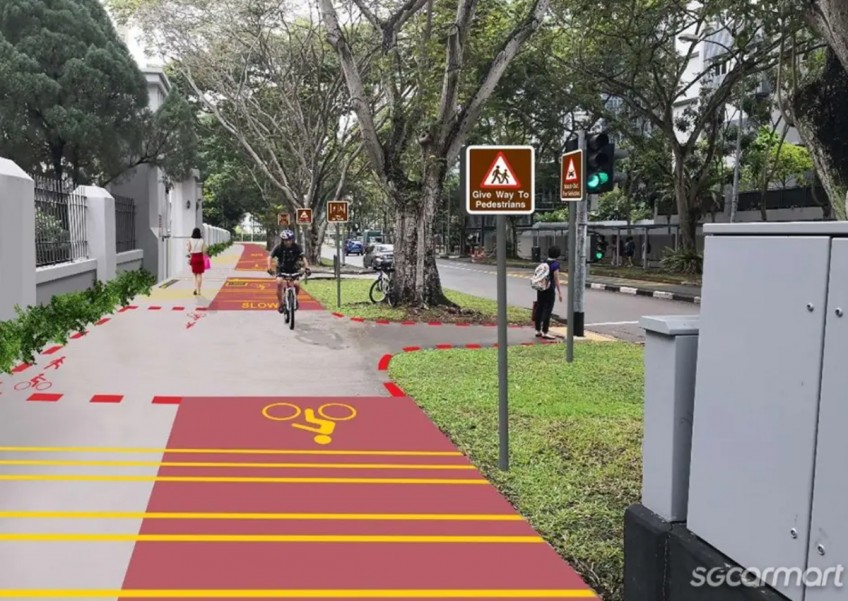
We've seen steady drips of information from the Land Transport Authority (LTA) about the building of more cycling paths as part of the Islandwide Cycling Network (the latest news release was on Sept 11, 2023). Like it or not, we are getting more cycling paths — the target is 1,300km of cycling paths by 2030.
This, of course, is part of a larger national strategy to encourage bike use, with the explicit or implicit intent to thus discourage personal car use — to go car-lite. As we've previously explored, the idea of 'car-lite' brings with it plenty of complicated discussions.
But, it's also worth looking into how exactly the ICN intersects with drivers, and what it means for the broader transportation network in Singapore.
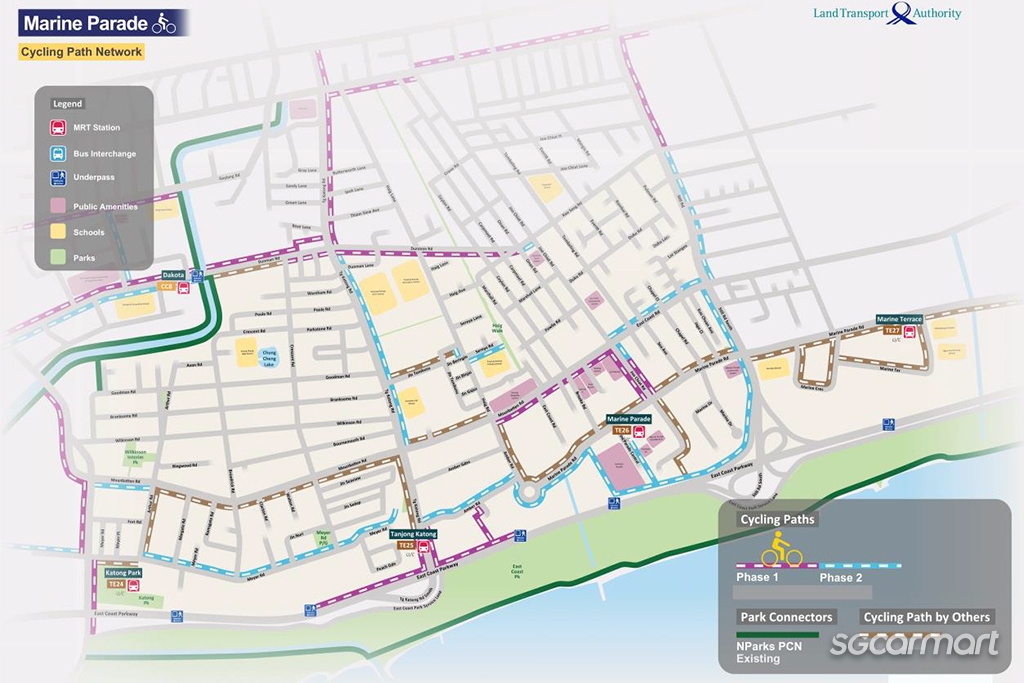

The first thing to explore is real estate.
If you have been to cycling-friendly cities (Amsterdam immediately springs to mind), you will have surely noticed bicycle lanes on roads.
What this means, from a real estate perspective, is that expanding the cycling infrastructure necessitates taking away from the automotive infrastructure, since the physical tarmac space is ultimately fixed and shared (assuming no new tarmac is laid down).

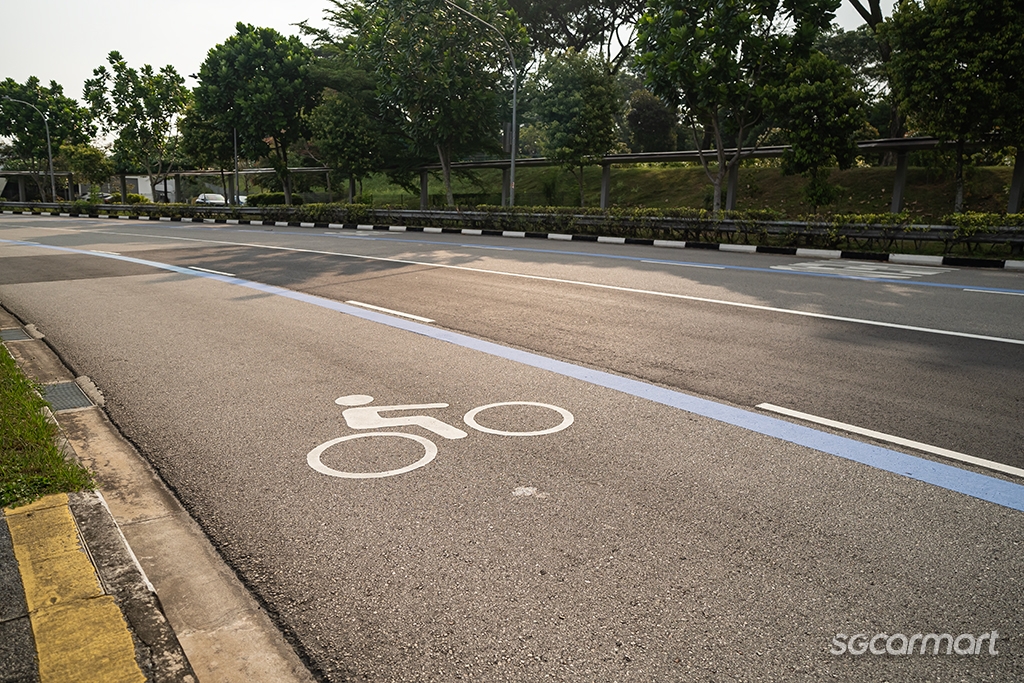
In Singapore, there are some (extremely) limited examples of this — at Tanah Merah Coast Road, as well as at West Camp Road in Seletar.
The anti-cycling argument from motorists, of course, is that less road space equals more congestion. That, on the surface, seems to compute. However, as we've previously explored, this isn't necessarily the case. In other countries, cycling lanes have actually been shown to reduce congestion.
However, here in Singapore, the likely scenario is that many of these cycling paths will not replace tarmac, but be alongside them. This is the model that we're predominantly seeing in many estates today, and looks like the model moving forward (based on the sketches released by the LTA).

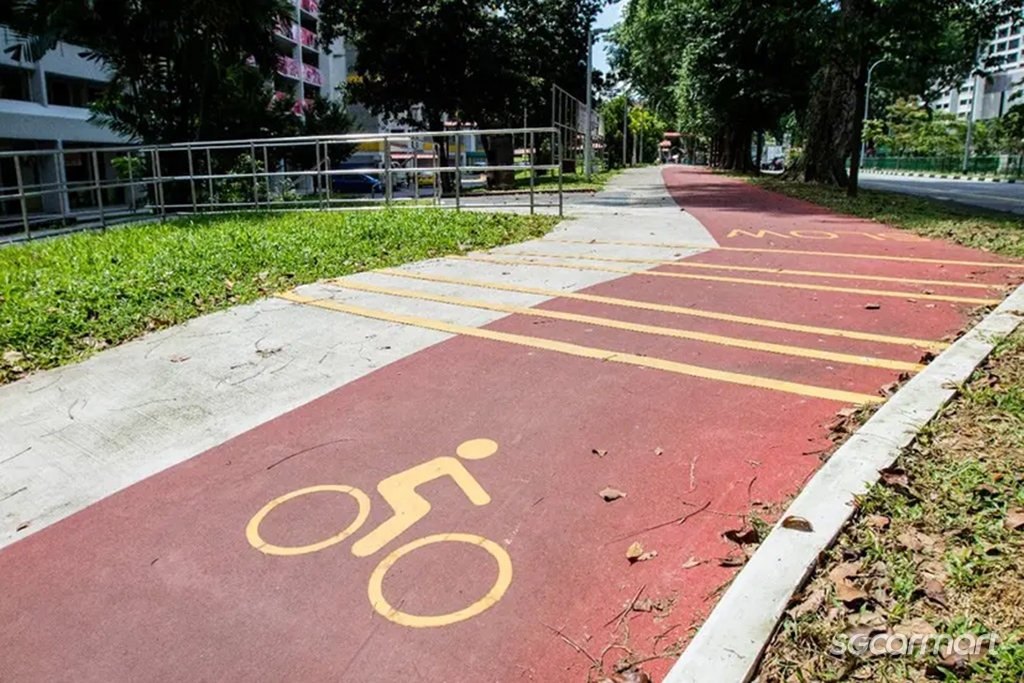
I believe that this is a good thing. More cycling paths would allow better delineation between pedestrians, cyclists and motorists — each having a defined space with defined rules. By reducing overlap between various transport modes (as well as pedestrians), this actually could reduce the chances of incidents and accidents. Of course, the question of how to ensure or enforce the use of such paths by cyclists is an open one.
To be clear, we are getting cycling paths, not cycling lanes. Angry drivers, hold off with your pitchforks…
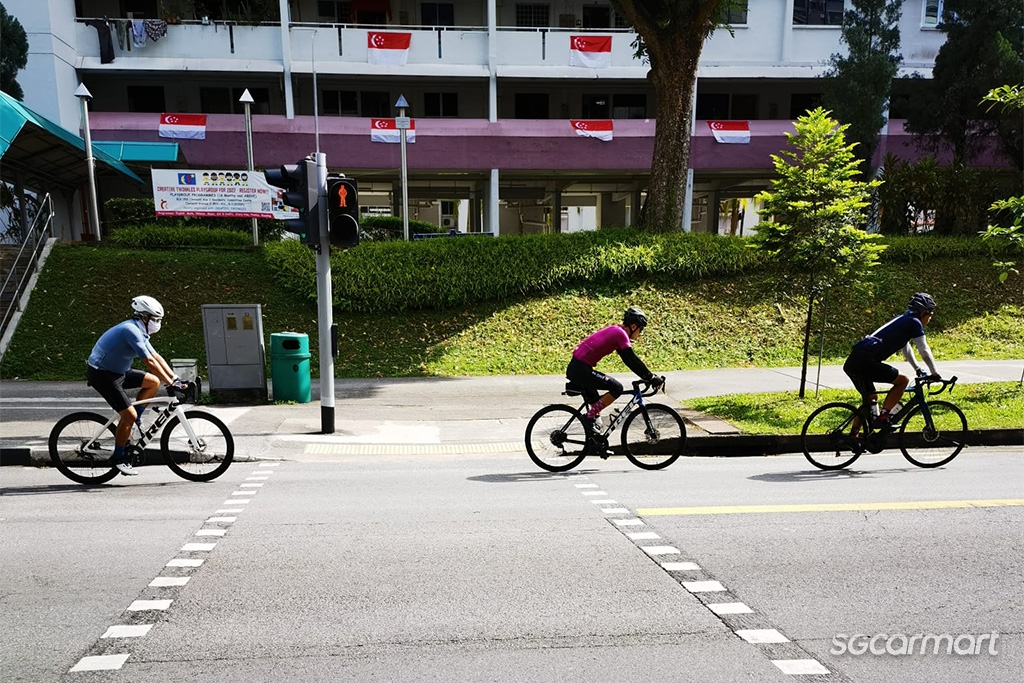
That said, cycling paths will not accommodate all cyclists.
Especially since/during Covid-19, we've seen a significant increase in cyclists on roads. For many, it is a form of exercise, or a hobby, often conducted in groups.


For the hobbyists, people who cycle distances in the double digit kms rather than single digits, these new cycling paths likely won't serve them much. This is especially the case for groups of riders, though there are now new regulations on how such groups should behave on roads. The co-existence of these groups with drivers is another topic of discussion altogether.
The ICN will chiefly serve individuals who use bicycles as a form of transport, including individuals who do deliveries. Short distances, point-to-point journeys — these are exactly the sort of commuters that can support a car-lite vision.
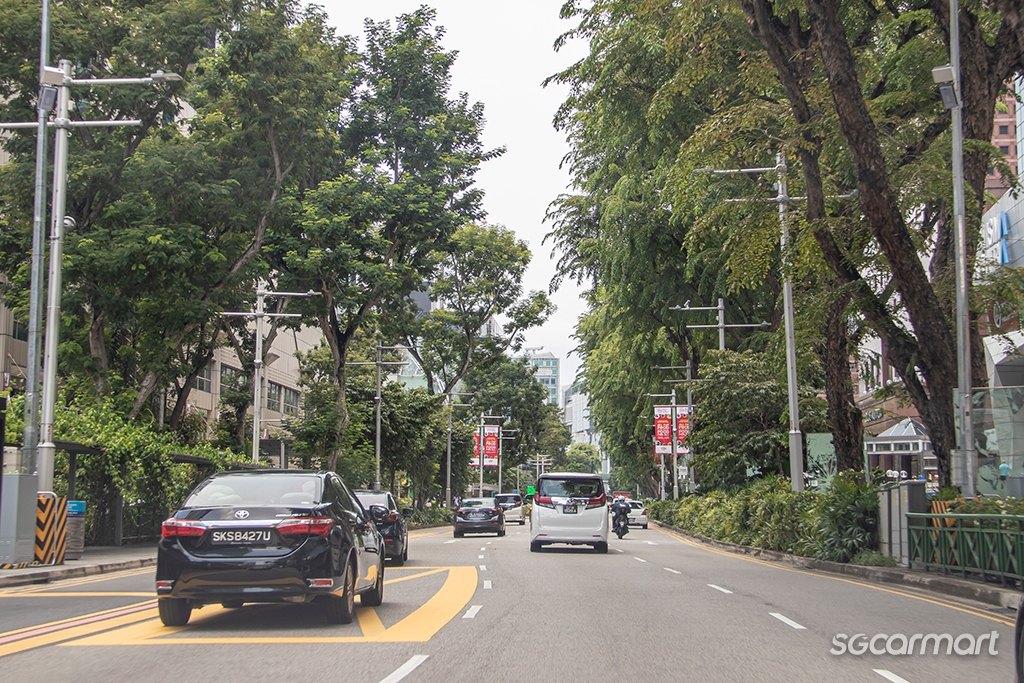
The next real question is whether cycling can serve as a realistic alternative form of transport.
For a large number of people, the answer is likely no. Cycling works in dense city centres where people commute limited distances, helped in countries like Germany and the Netherlands by the preferential climate.
In Singapore, you're not realistically going to cycle from say, Punggol to the CBD every day. I used to cycle an hour from Bedok to Clementi back in my army days, and that is just not practical for most people.
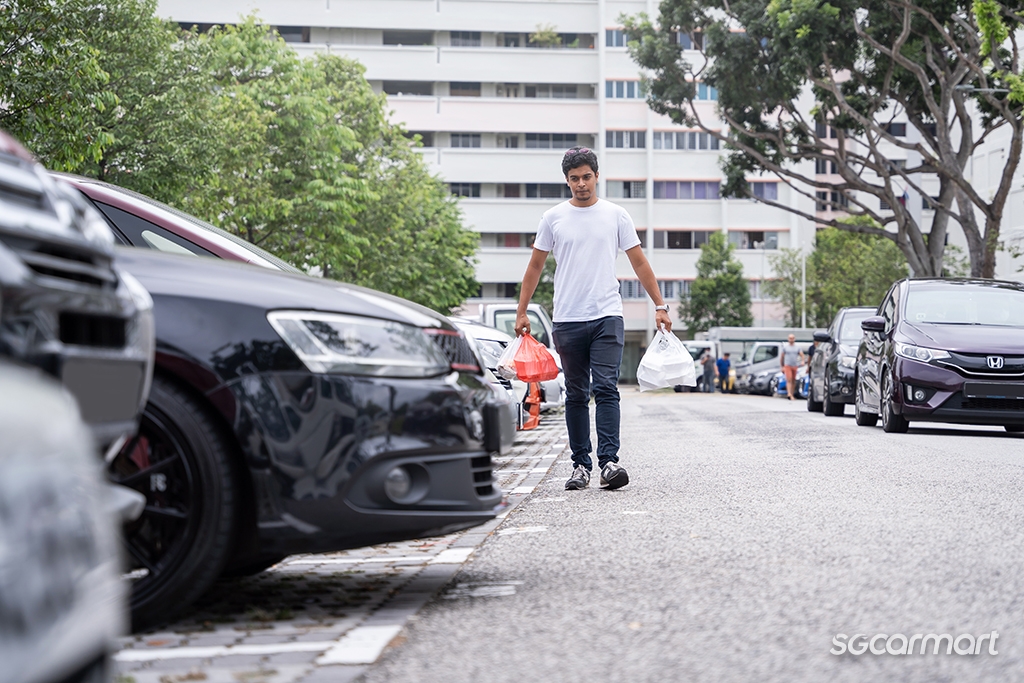

That said, it is worth considering cycling as a mode of transport for shorter distance commutes. The five-minute drive to have lunch at your neighbourhood hawker centre can certainly be replaced by a bicycle. It's also worth pointing out that short, low-speed journeys are when cars are operating at their least efficient. And with the emergence of folding bicycles, there's also the argument to be made for packing your bicycle in your car; drive the long journeys, cycle the short ones.
In a way, cycling can be complementary — not to replace your car use, but to reduce your car use.
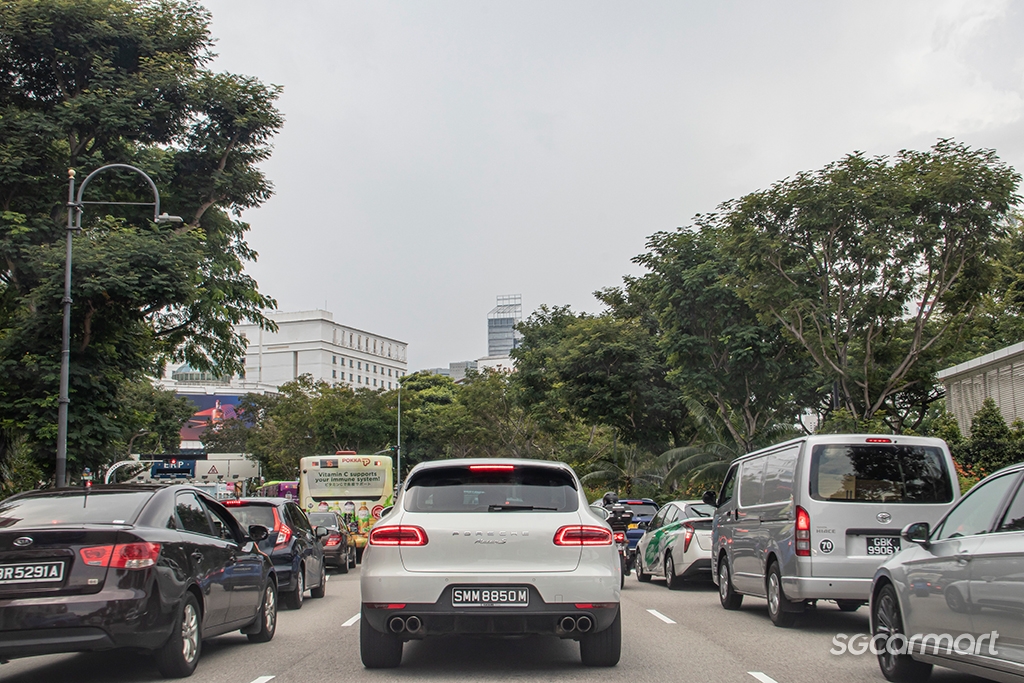
The mixed reality is that the ICN is here to stay. With defined paths for cyclists that improve safety and connectivity, this can make cycling a more viable way of commuting — perhaps not the daily commute to office, but more occasional, shorter journeys, such as to the supermarket or out for Saturday lunch.
Ultimately, it is about making cycling more conducive — this will benefit existing cyclists, and can also encourage more people to at least begin to entertain the idea of getting about on two wheels.
Is cycling the answer to going car-lite? It's no silver bullet — most people are not going to trade car for bike. The ICN is also in itself no perfect solution — discussions (arguments, probably) will still be had on the "correct" use of such paths, and occasional conflicts between pedestrian and cyclist will still happen (as they already do now).
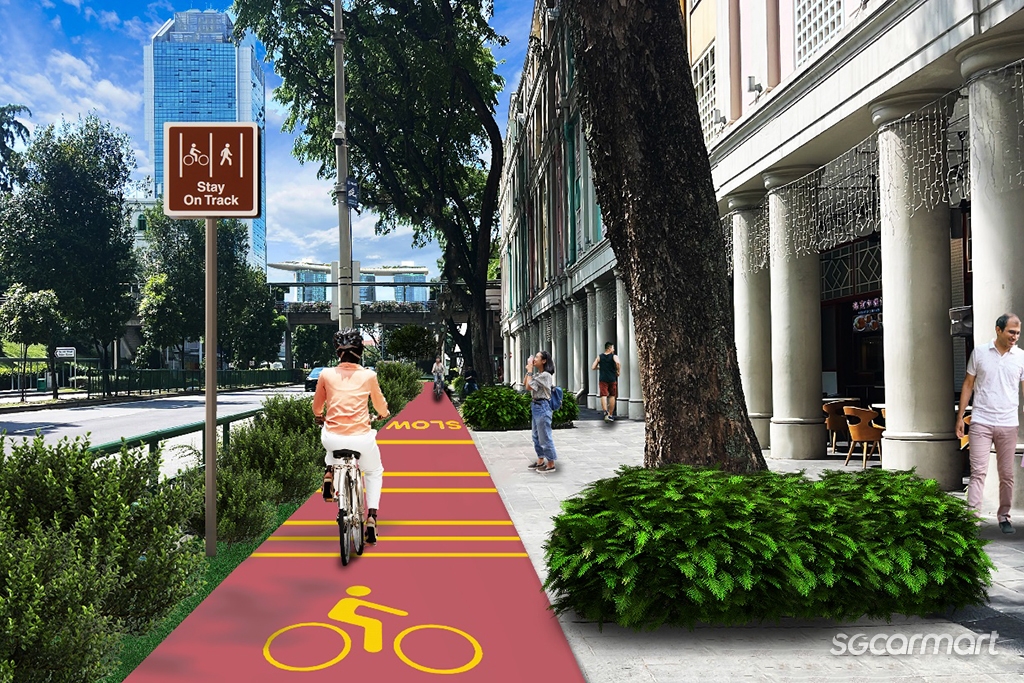
However, it is a step in a positive direction, by providing more opportunities for commuters to explore alternative means of transport. Opportunity matters — it's much easier to convince an individual to choose a bicycle over a car to make a five-minute journey when a cycling path is readily available.
And perhaps more importantly, it is also an encouraging step in recognising cyclists as a core part of the transport landscape and infrastructure.